Birds with orange chests are a delight to birdwatchers and nature enthusiasts. Their vibrant plumage makes them easily recognizable and adds a splash of color to the natural world. Understanding these birds, their habitats, and their behaviors can enhance your bird watching experience and help you attract them to your garden or backyard.
Types of Common Birds with Orange Chests
American Robin
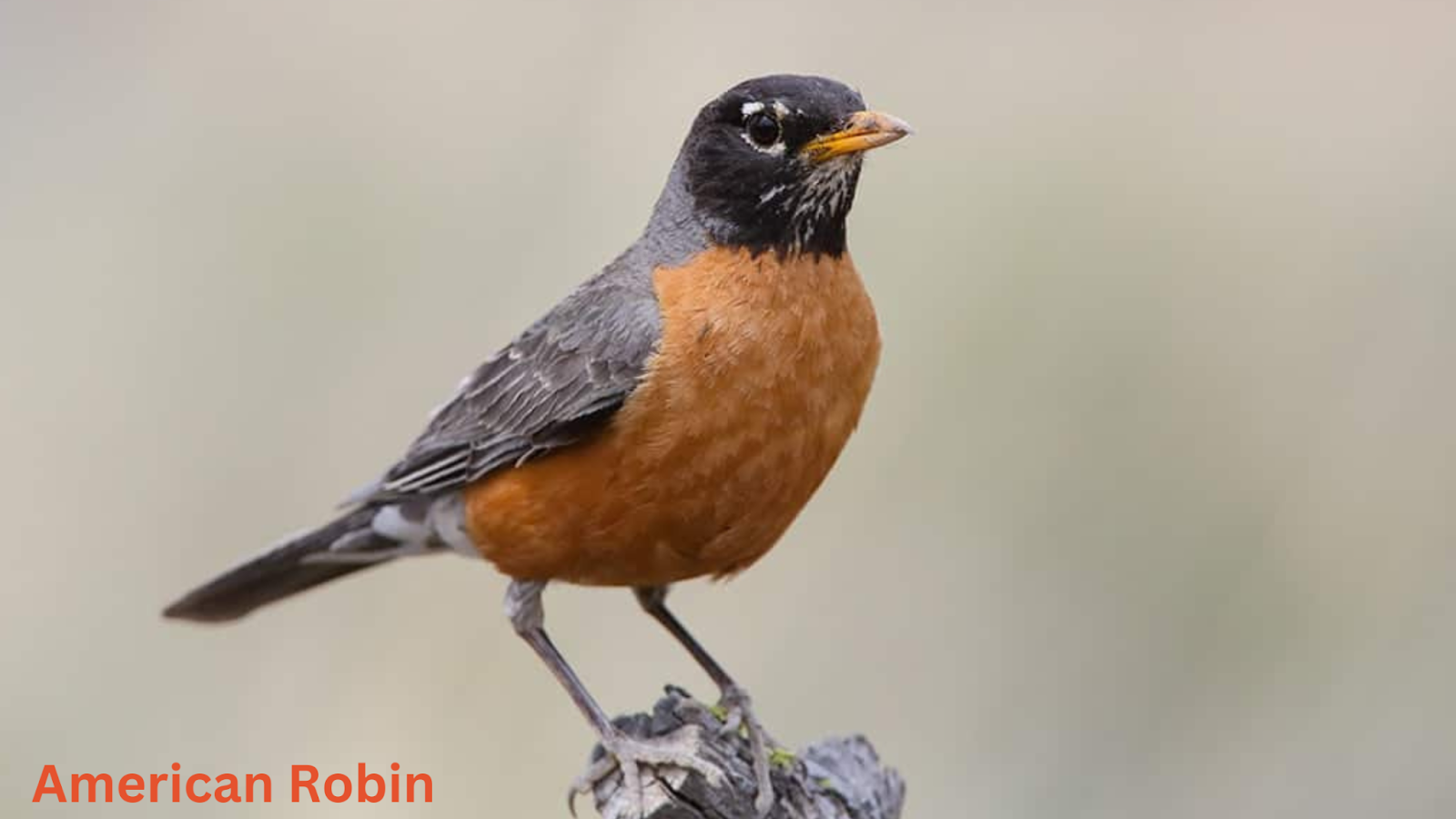
| Bird Name | Origin | length(inches) | weight(ounces) | Wingspan (inches) |
| American Robin | North America | 10.0 | 2.7 | 16.0 |
The American Robin is a familiar sight across North America. These birds are characterized by their bright orange chests, contrasting with a dark gray back and head. They thrive in a variety of habitats, including forests, gardens, and urban areas. American Robins are known for their melodious songs, especially during the breeding season. They primarily feed on insects, earthworms, and berries, making them adaptable to different environments.
To attract American Robins to your yard, consider providing a variety of food sources. Mealworms and suet can be particularly appealing, along with berry-producing plants like holly and juniper. Providing a shallow birdbath can also encourage these birds to visit, as they are fond of bathing and drinking.
Eastern Bluebird

| Bird Name | Origin | length(inches) | weight(ounces) | Wingspan (inches) |
| Eastern Bluebird | Eastern United States | 7.5 | 1.1 | 12.6 |
Eastern Bluebirds are small, vividly colored birds with a striking blue back and an orange chest. They are common in the eastern and midwestern United States, and often found in open fields, meadows, and orchards. These birds are cavity nesters, frequently using nest boxes provided by humans.
Their diet consists mainly of insects, such as beetles, caterpillars, and grasshoppers, supplemented with fruits and berries during the winter. To attract Eastern Bluebirds, offer mealworms and provide nest boxes in open, grassy areas. Planting native fruit-bearing plants can also help sustain them through the colder months.
Western Bluebird
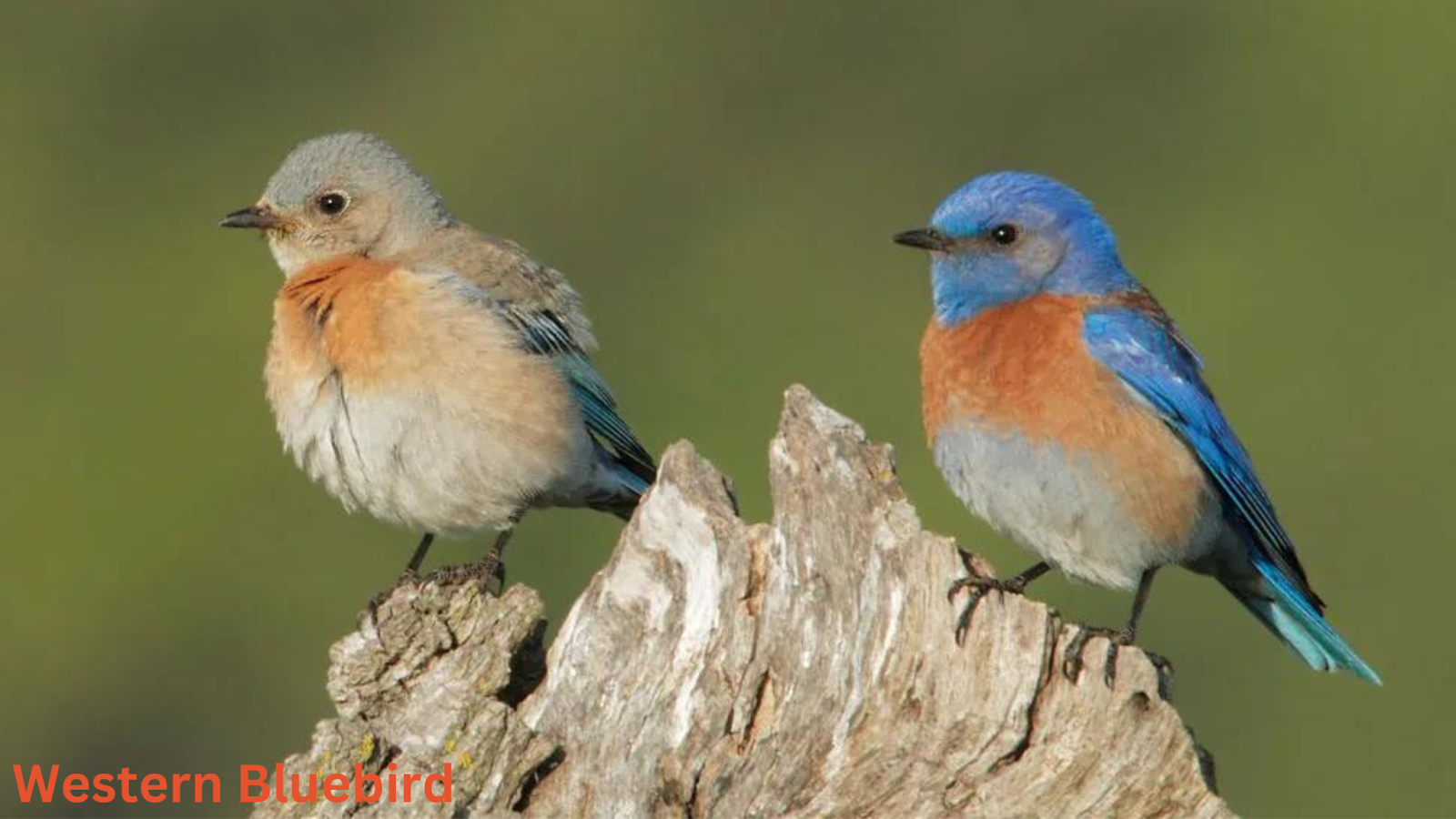
| Bird Name | Origin | length(inches) | weight(ounces) | Wingspan (inches) |
| Western Bluebird | Western United States | 7.5 | 1.1 | 12.6 |
Similar to their eastern counterparts, Western Bluebirds boast brilliant blue feathers and an orange chest. They are typically found in the western United States, inhabiting woodlands and areas with sparse tree cover. Western Bluebirds are highly social and often seen in small flocks, especially outside the breeding season.
Their diet includes insects, spiders, and various berries. To draw Western Bluebirds to your garden, install nest boxes and offer mealworms. Maintaining a habitat with dead trees or snags can also provide natural nesting sites and attract these beautiful birds.
Baltimore Oriole

| Bird Name | Origin | length(inches) | weight(ounces) | Wingspan (inches) |
| Baltimore Oriole | Eastern and Central United States | 7.5 | 1.2 | 11.5 |
Baltimore Orioles are striking birds with vibrant orange chests and black heads, wings, and tails. They are commonly found in the eastern and central United States during the summer, migrating to Central America for the winter. These birds prefer open woodlands, riverbanks, and urban parks, where they can find their primary food sources.
Baltimore Orioles feed on a variety of insects, fruits, and nectar. They are particularly fond of caterpillars, beetles, and spiders. To attract these birds to your backyard, consider setting up feeders with orange slices, grape jelly, or nectar. Additionally, planting native trees and shrubs that produce berries can provide a natural food source for them.
Bullock’s Oriole
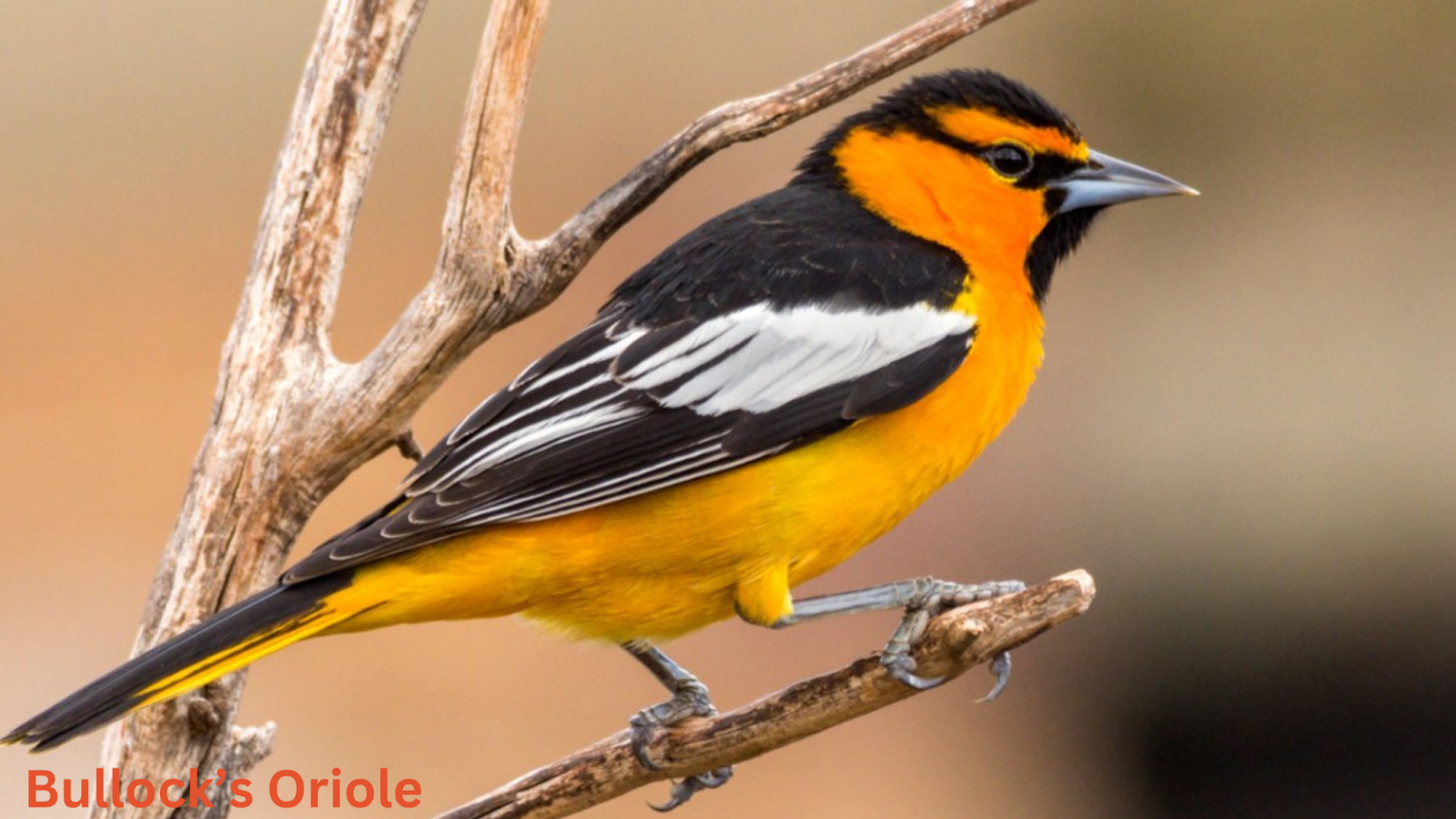
| Bird Name | Origin | length(inches) | weight(ounces) | Wingspan (inches) |
| Baltimore Oriole | Western United States | 7.5 | 1.2 | 11.5 |
Bullock’s Orioles are predominantly found in the western United States. Males are easily recognized by their bright orange chests and faces, coupled with black wings and white wing bars. Females, while more subdued in color, also have a yellowish-orange chest. These birds migrate to Mexico for the winter but can be seen in various habitats, including open woodlands and suburban areas during the breeding season.
Their diet consists mainly of insects, fruits, and nectar. You can attract Bullock’s Orioles by offering similar foods to those enjoyed by Baltimore Orioles. Setting up nectar feeders and providing fruit, such as oranges and berries, can make your yard a welcoming environment for these colorful birds.
Black-headed Grosbeak
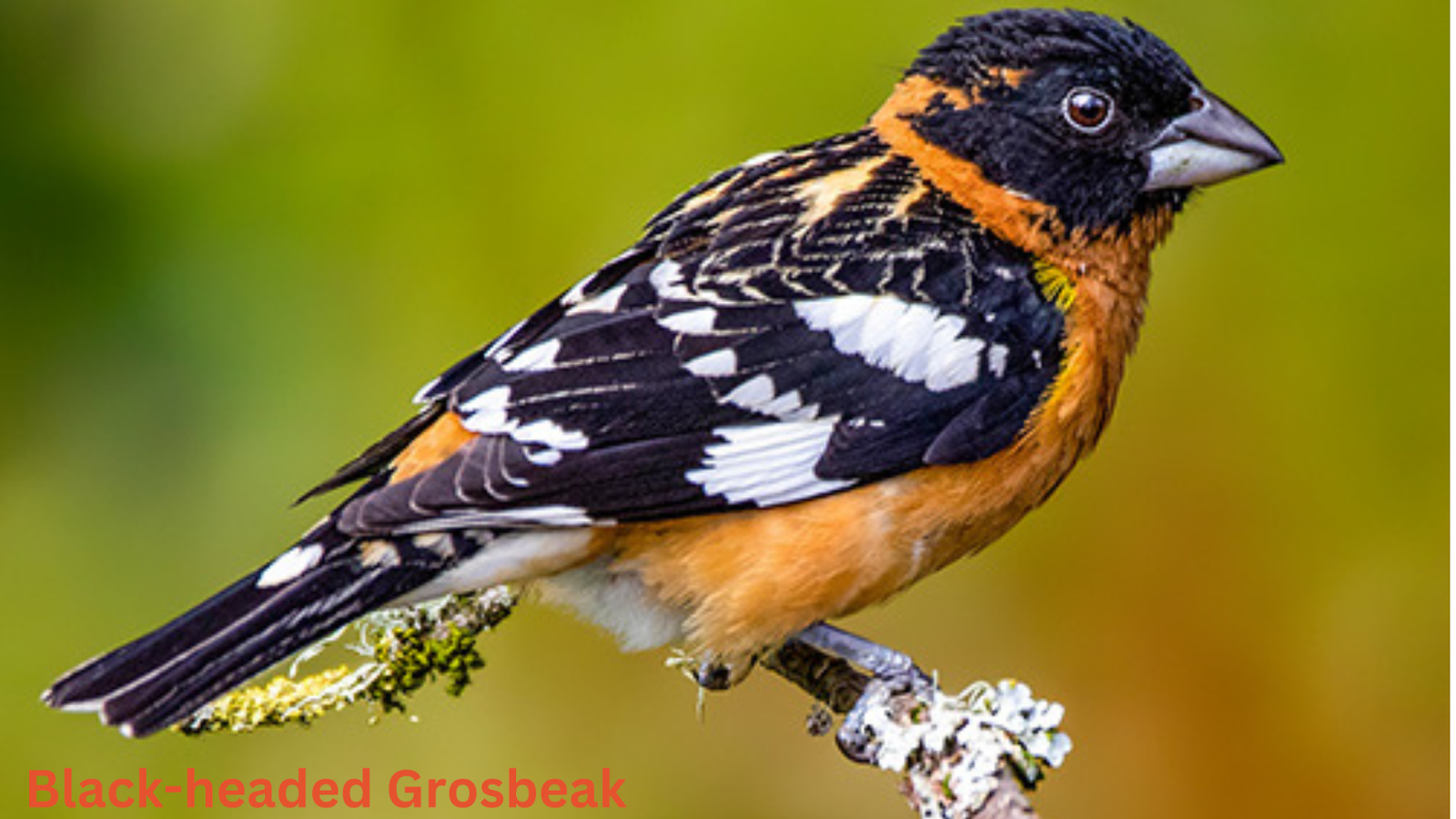
| Bird Name | Origin | length(inches) | weight(ounces) | Wingspan (inches) |
| Bullock’s Oriole | Western United States and Mexico | 7.5 | 1.5 | 12.2 |
Black-headed Grosbeaks are medium-sized songbirds with bright orange chests, black heads, and black-and-white wings. They are found in forests, woodlands, and suburban areas across the western United States and Mexico. These birds are known for their rich, melodic songs, which can often be heard during the breeding season.
Their diet includes insects, seeds, and fruits. To attract Black-headed Grosbeaks, provide sunflower seeds, suet, and fruit in your feeders. Planting native shrubs and trees that produce berries can also help create a suitable habitat for these birds.
Western Tanager
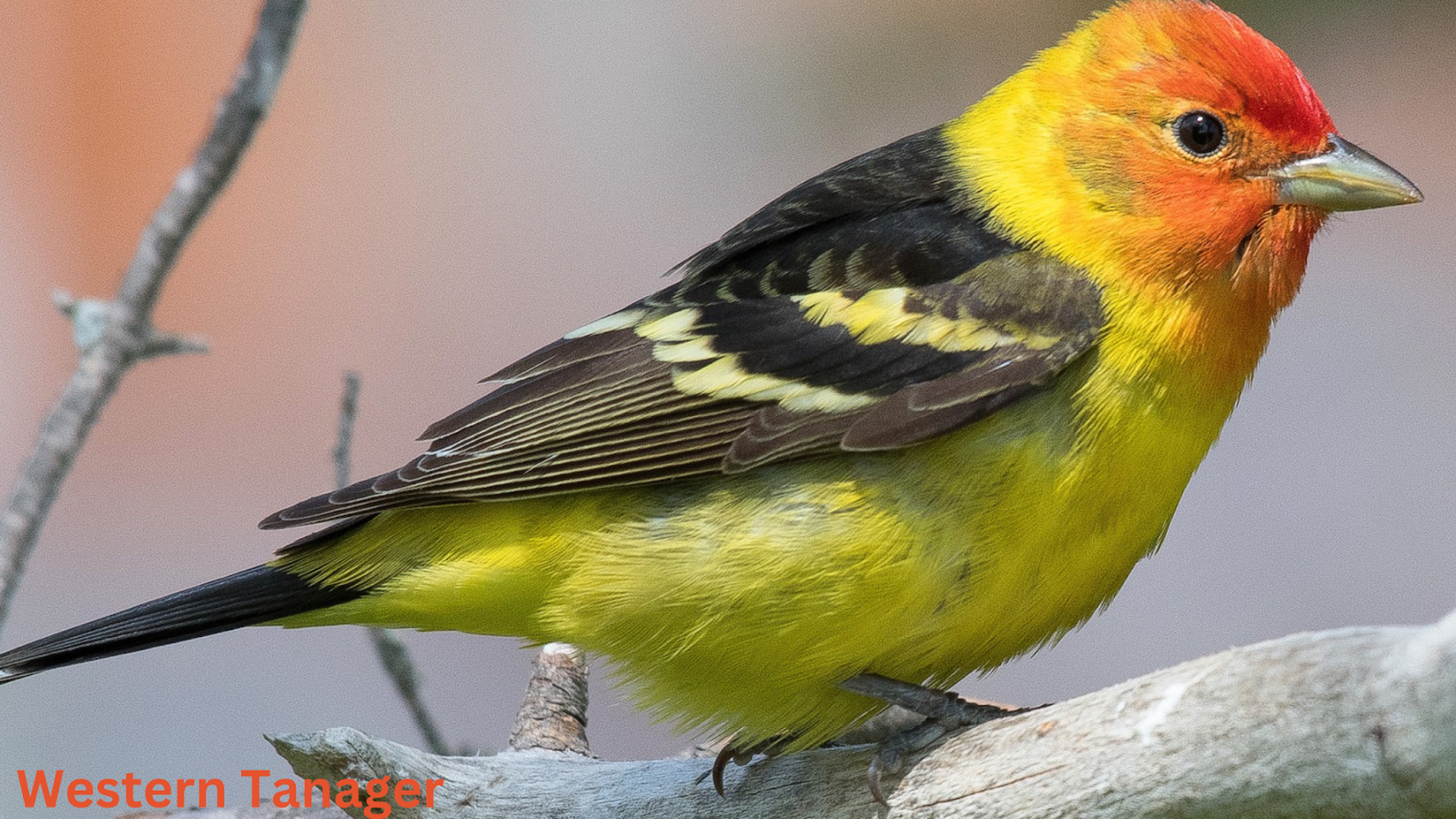
| Bird Name | Origin | length(inches) | weight(ounces) | Wingspan (inches) |
| WesternTanager | Western United States | 7.3 | 1.1 | 11.5 |
Western Tanagers are eye-catching birds with flaming orange-red heads, throats, and chests, contrasting with yellow bodies and black wings. They inhabit coniferous forests across the western United States and migrate to Central and South America for the winter. Despite their bright colors, they often remain hidden in the forest canopy, making them a challenge to spot.
These birds feed on insects and fruits. To attract Western Tanagers, offer dried fruits, cut oranges, and other fruits from bird feeders. Providing a water source and maintaining a habitat with native berry-producing plants can also encourage them to visit your yard.
Hooded Oriole
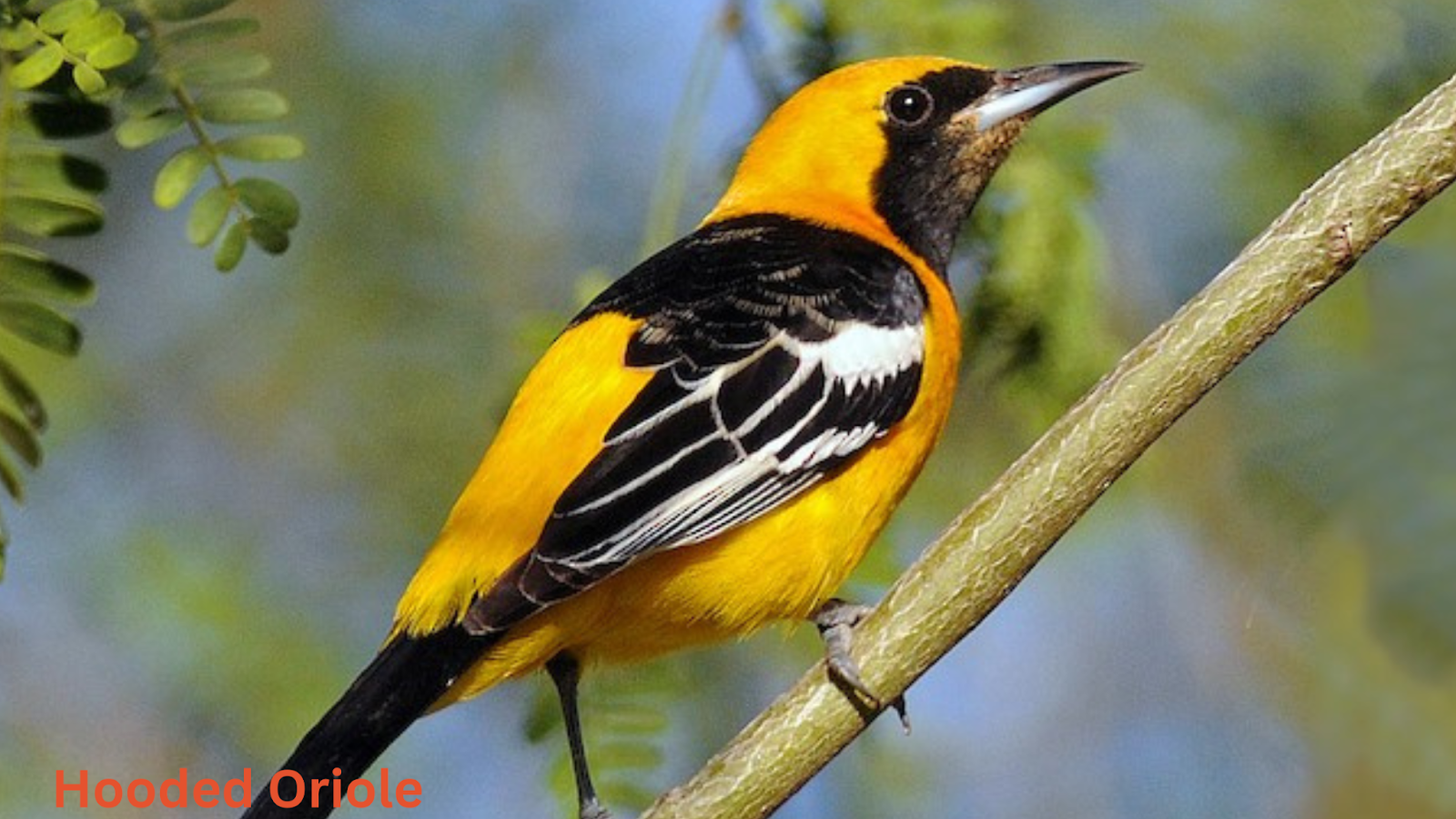
| Bird Name | Origin | length(inches) | weight(ounces) | Wingspan (inches) |
| Hooded Oriole | Southwestern United States and Mexico | 7.3 | 1.1 | 11.5 |
Hooded Orioles are brightly colored birds with orange bodies and black faces, wings, and tails. They are found in the southwestern United States and Mexico, often inhabiting open woodlands, scrublands, and urban areas with palm trees. These social birds are frequently seen in small flocks, especially during the breeding season.
Their diet consists of insects, spiders, fruits, and nectar. To attract Hooded Orioles, set up feeders with nectar and fruit. Palm trees are particularly appealing for nesting, so having these in your yard can make it more attractive to Hooded Orioles.
Northern Red Bishop

| Bird Name | Origin | length(inches) | weight(ounces) | Wingspan (inches) |
| Northern Red Bishop | Africa | 4.0 | 0.5 | 4.0 |
Northern Red Bishops, also known as Orange Bishops, are small weaver birds native to Africa. Males are distinguished by their vibrant orange chests and black heads during the breeding season. These birds are now found in some parts of the United States, such as California and Texas, likely from escaped pet populations.
They primarily feed on seeds and insects. Attracting Northern Red Bishops involves providing a habitat with tall grasses and seed feeders. These birds are known for their intricate, woven nests, so offering nesting materials can also encourage them to settle in your yard.
Varied Thrush

| Bird Name | Origin | length(inches) | weight(ounces) | Wingspan (inches) |
| Varied Thrush | Pacific Northwest | 9.0 | 2.2 | 14.0 |
Varied Thrushes are shy birds with a burnt-orange chest and belly, and dark gray upperparts. They inhabit the forests of the Pacific Northwest, often staying hidden in dense vegetation. These birds are known for their simple, ringing songs, which are most often heard during the early morning and late evening.
Their diet consists of insects and berries. To attract Varied Thrushes, maintain a natural habitat with plenty of underbrush and berry-producing plants. Providing a water source and scattered food, such as mealworms and suet, can also help draw these birds to your yard.
Rufous Hummingbird
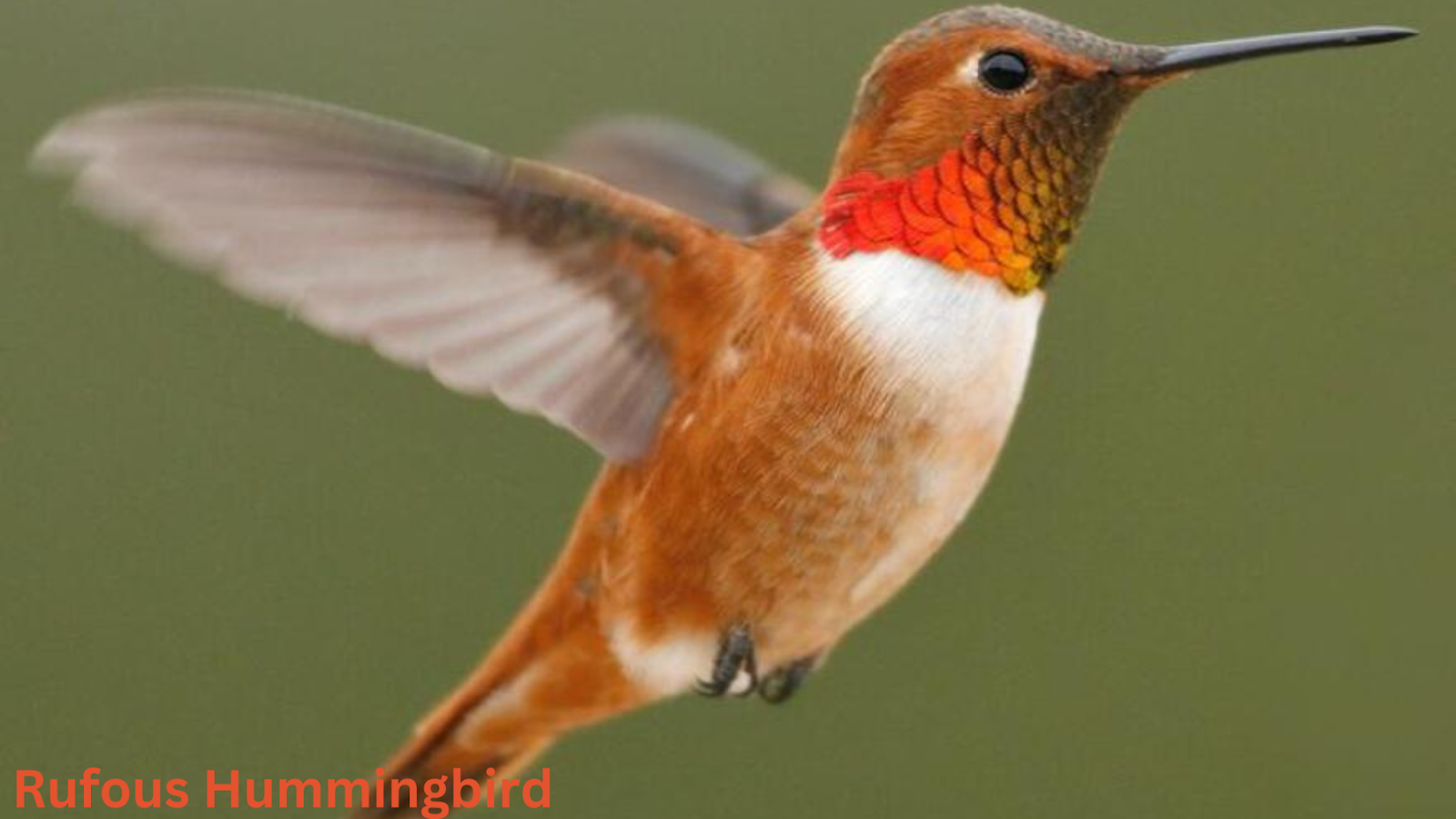
| Bird Name | Origin | length(inches) | weight(ounces) | Wingspan (inches) |
| Rufous Hummingbird | Western United States and Mexico | 4.0 | 0.2 | 4.5 |
Rufous Hummingbirds are small but aggressive birds with brilliant orange plumage. They are found in the western United States, from California to Alaska, and migrate to Mexico for the winter. These birds are highly territorial, often chasing other hummingbirds away from feeders.
Their diet includes nectar, insects, and spiders. To attract Rufous Hummingbirds, set up feeders with sugar water and plant tubular flowers that produce nectar. Providing a continuous source of nectar and keeping feeders clean can help ensure these feisty little birds visit your yard regularly.
FAQs
What is the most common bird with an orange chest?
The American Robin is one of the most common birds with an orange chest. Found across North America, these birds are easily recognizable and often seen in gardens, parks, and forests.
How can I attract birds with orange chests to my yard?
To attract birds with orange chests, offer a variety of food sources such as mealworms, suet, and fruits like oranges and berries. Providing fresh water and suitable nesting sites, such as birdhouses or natural vegetation, can also make your yard more inviting.
Are there any migratory birds with orange chests?
Yes, several migratory birds have orange chests, including the Baltimore Oriole, Bullock’s Oriole, and the Western Tanager. These birds migrate to warmer regions during the winter and return to their breeding grounds in the spring and summer.
Wrapping Up
Birds with orange chests add vibrant color and lively songs to our natural surroundings. By understanding their habits, diets, and preferred habitats, you can attract these beautiful birds to your yard and enjoy their presence year-round. Birdwatching not only provides a relaxing and educational pastime but also encourages conservation efforts to protect these stunning creatures and their environments.





